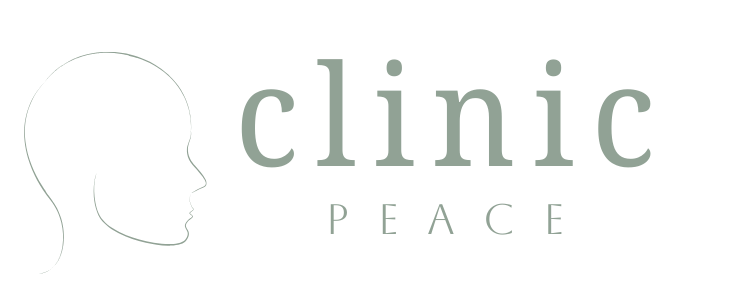Jaw and Facial Pain
TMJ (temporomandibular joint) pain can manifest in a variety of ways, not just affecting the jaw joint itself but also the surrounding muscles. The discomfort can extend into areas such as headaches, cheek pain, neck pain, restricted jaw mobility, and even symptoms like tinnitus or pressure in the ears due to muscle tension in the neck. These symptoms reflect how interconnected the TMJ is with the rest of the body.
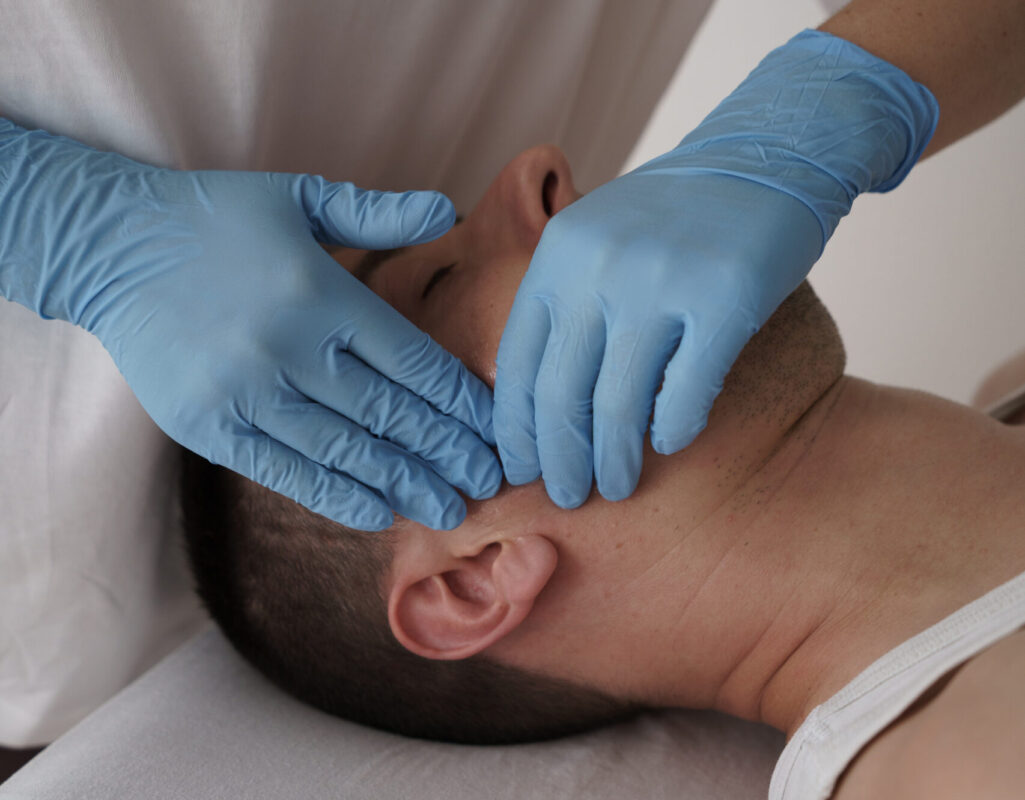
TMJ-behandling
The TMJ connects the lower jaw (mandible) to the temporal bone of the skull. It acts as a hinge, allowing not only the opening and closing of the mouth but also forward, backward, and sideways movements. This joint's unique range of motion is controlled by four key muscles:
- Masseter: Helps close the mouth and stabilizes the joint.
- Temporalis: Moves the mandible sideways and lifts it.
- Lateral pterygoid: Opens the mouth and controls the position of the disc.
- Medial pterygoid: Works with the masseter to close the mouth.
- These muscles are all controlled by the trigeminal nerve, which plays a significant role in both pain perception and muscle control around the jaw. The trigeminal nerve also influences the neck, head, and face, which explains why TMJ dysfunction can often lead to pain radiating into these areas.
Common Causes of TMJ Pain
TMJ pain can result from several causes, often linked to muscle tension, postural imbalances, or stress:
- Temporomandibular Dysfunction (TMD): A broad term encompassing a range of TMJ disorders. Symptoms include clicking or popping in the jaw, restricted movement, and jaw pain.
- Arthritis or Disc Displacement: Wear and tear in the joint or misalignment of the cushioning disc can cause pain, discomfort, and limited mobility.
- Muscle Tension: Overuse of chewing muscles, such as the temporalis, can lead to headaches and muscle pain, often exacerbated by stress, anxiety, or poor posture.
- Stress and Teeth Grinding: Stress can lead to habitual teeth grinding or jaw clenching, overworking the muscles involved in TMJ function and contributing to pain and tension.
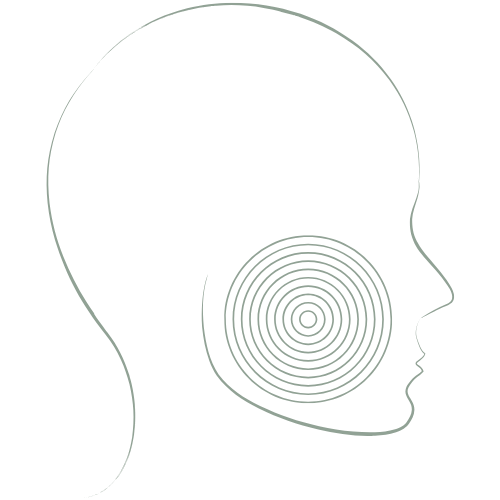
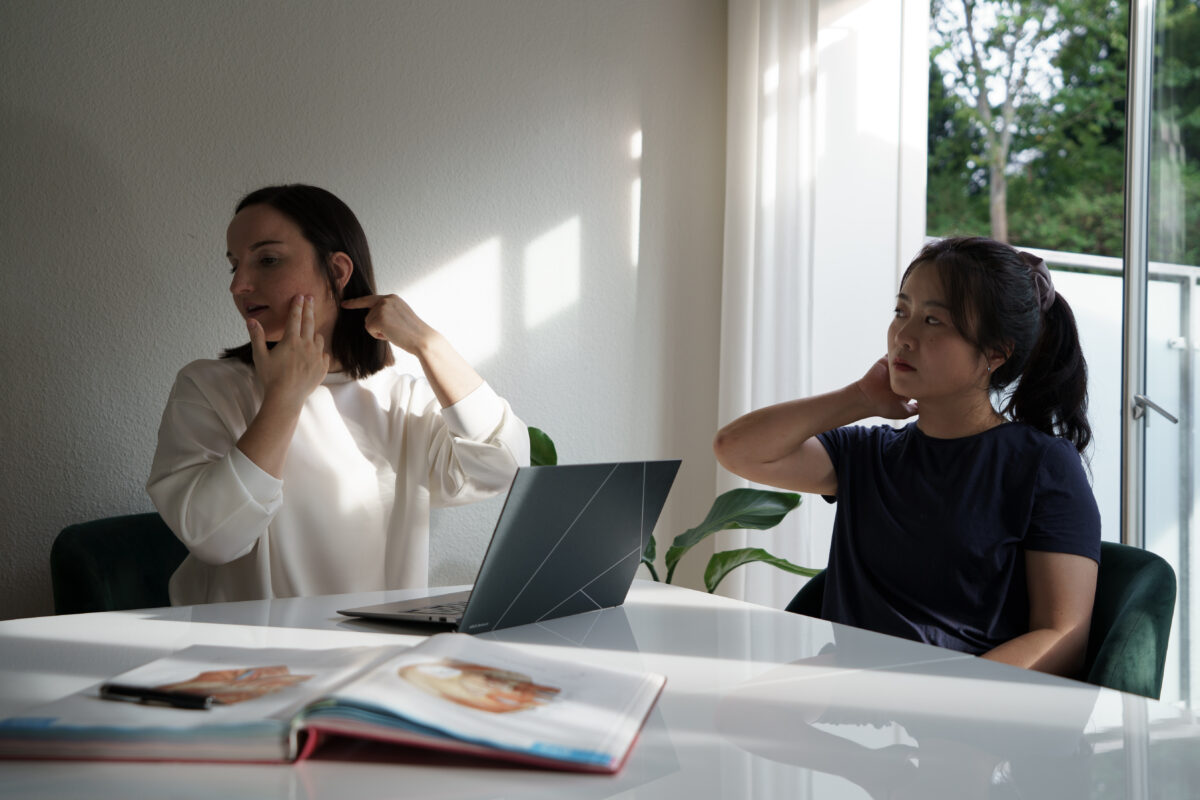
Treatment Approach
In my clinical practice, I approach TMJ pain holistically, understanding that the jaw, neck, and head muscles work together as part of a unified system. Specialized manual treatments are used to release tension in the muscles around the TMJ, and I often teach my patients self-massage techniques to help them manage their symptoms at home.
By addressing not just the jaw but also the surrounding muscles—such as the sternocleidomastoid (neck muscles), trapezius, and other postural muscles—I help restore balance and alleviate discomfort. When these muscles are too tight, they can refer pain to other areas, making it essential to release tension in the whole system, not just the jaw.
Preventing Future Pain
To prevent recurrence of TMJ pain, I focus on teaching patients to manage stress and improve posture, both of which are key in reducing jaw tension. Regular exercises for jaw and neck muscles, combined with mindful awareness of posture, can help maintain healthy jaw function. Stress-reducing techniques, like breathwork and relaxation exercises, can also make a significant difference.
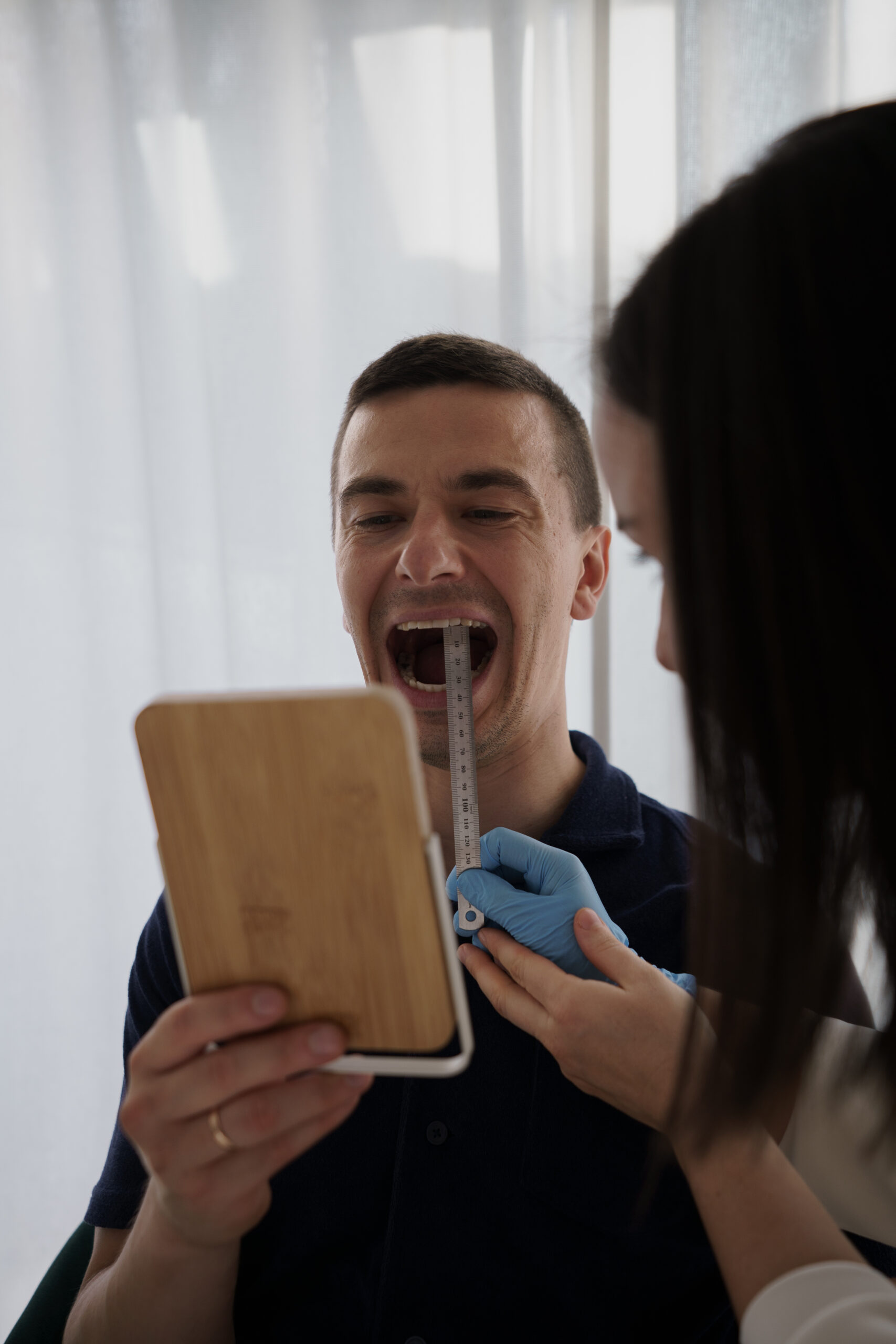
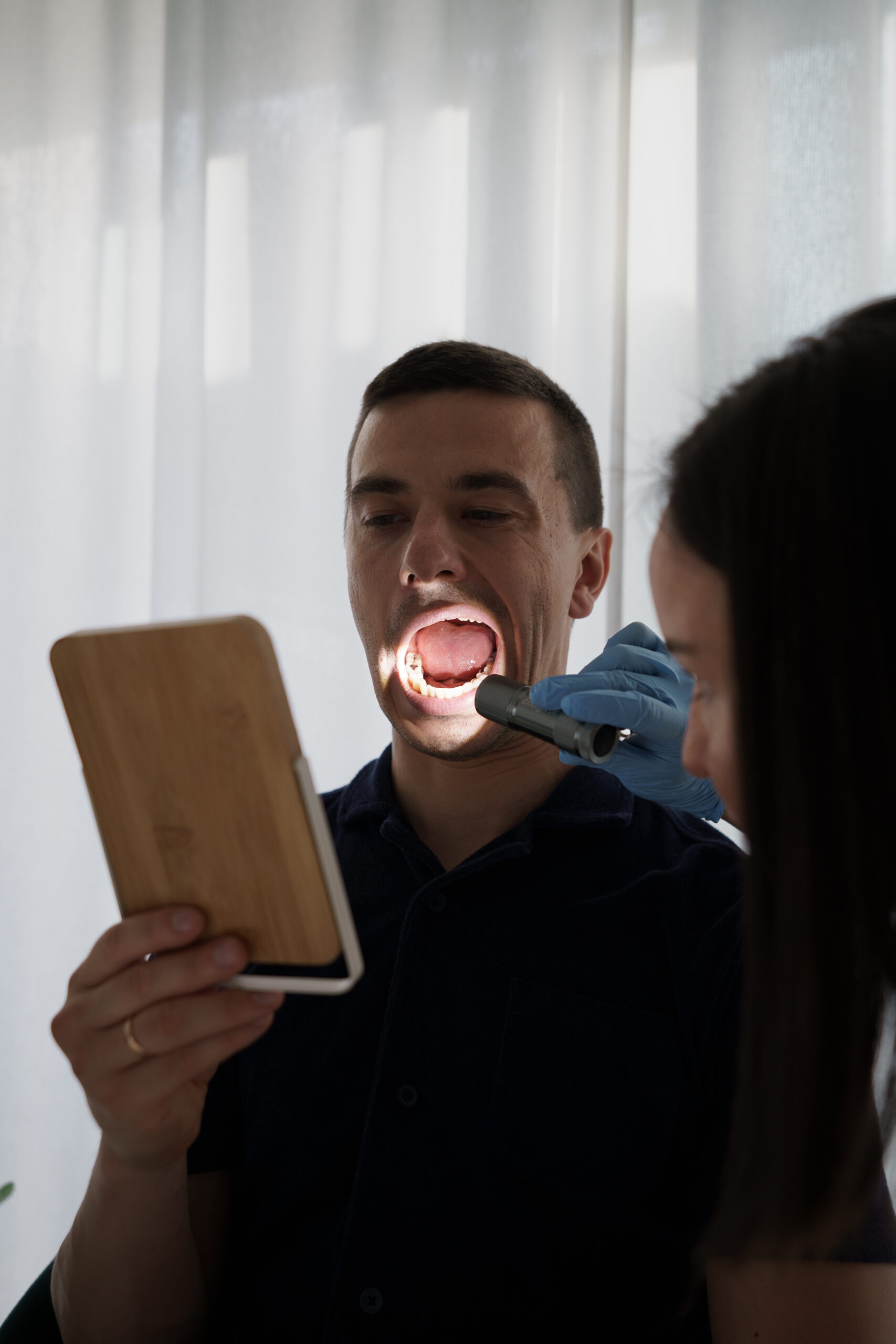
What can I expect from a consultation with you?
Each person is unique, so our work together begins with understanding your specific pain patterns, lifestyle, and needs. In the first 4–5 consultations, we build a plan tailored to you. This may include exercises, lifestyle adjustments, self-care strategies, and, if needed, manual therapy. We monitor progress, making adjustments along the way to ensure you feel real, lasting improvement.
How often do I need to come for treatment?
It varies. Many people start with weekly sessions to establish a strong foundation. As symptoms improve—such as better sleep, fewer and less intense headaches, and a greater sense of calm—we adjust the frequency. Some continue every 2–3 weeks to maintain stability, while others transition to occasional check-ins when they feel the need. My goal is to empower you to recognize what works for you.
Do you only use physiotherapy, or do you combine it with other techniques?
I integrate physiotherapy with manual treatments, soft tissue relaxation techniques, fascia integration therapy, specific stretching and strengthening exercises, breathing techniques, and stress management strategies. I also offer Yoga as a therapy, especially for those struggling with chronic headaches, tension, and jaw pain. The combination depends on what benefits you the most.
I’ve tried many treatments for jaw and facial pain. How is your approach different?
At Clinic Peace we look broad and deep to the problem—at posture, muscle tension, breathing patterns, stress levels, and even lifestyle habits. Together, we create a plan that is realistic, personalized, and effective for long-term relief. The goal is not just to manage pain but to help you feel healthier and happier.
How do I know if this approach is right for me?
If you are struggling with headaches, neck pain, or jaw tension and are looking for a personalized, professional, and holistic approach, this could be exactly what you need. The best way to find out is to book an initial consultation, where we can explore what works best for you.
